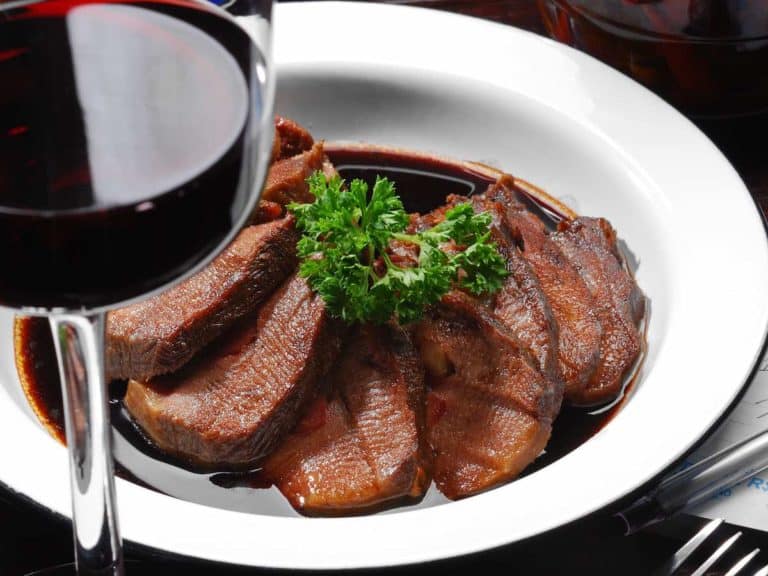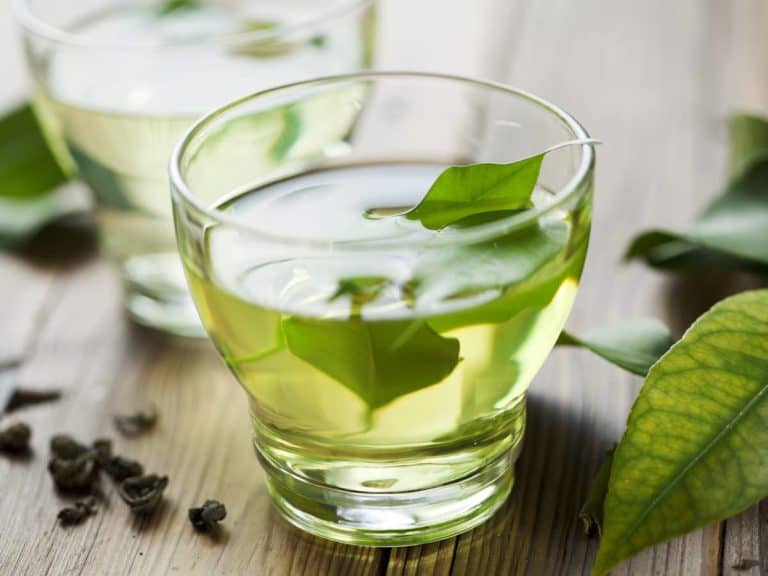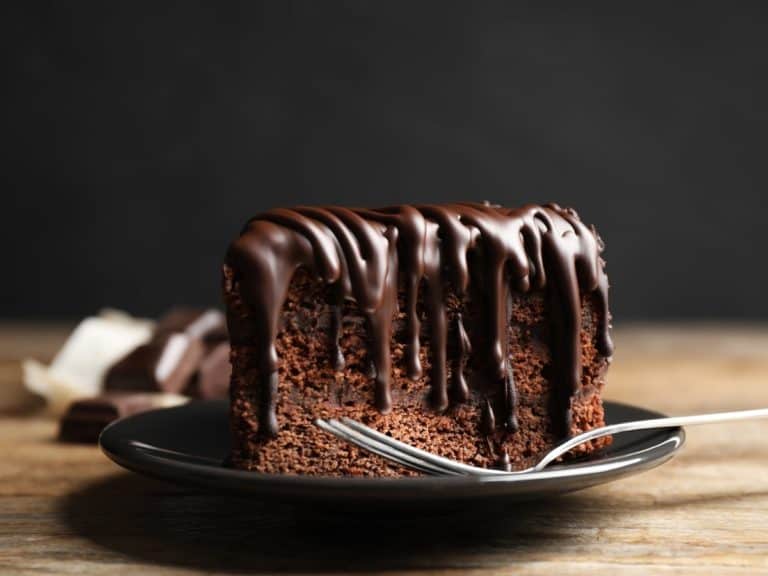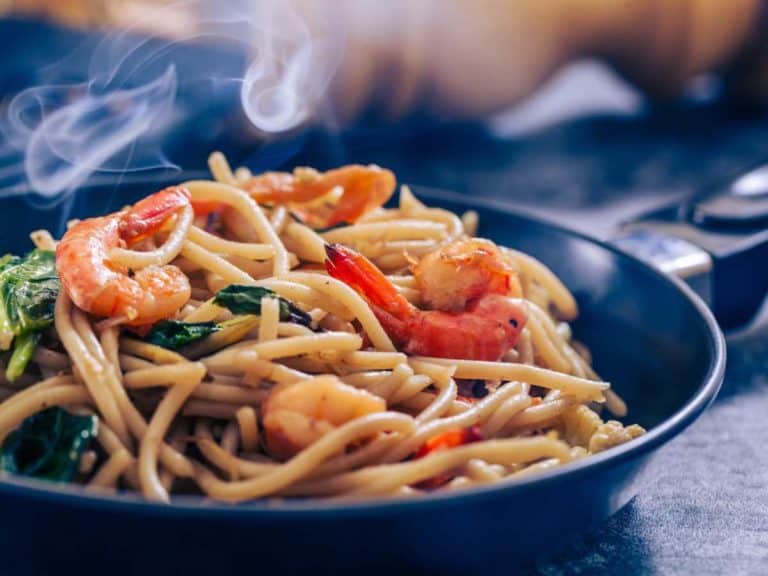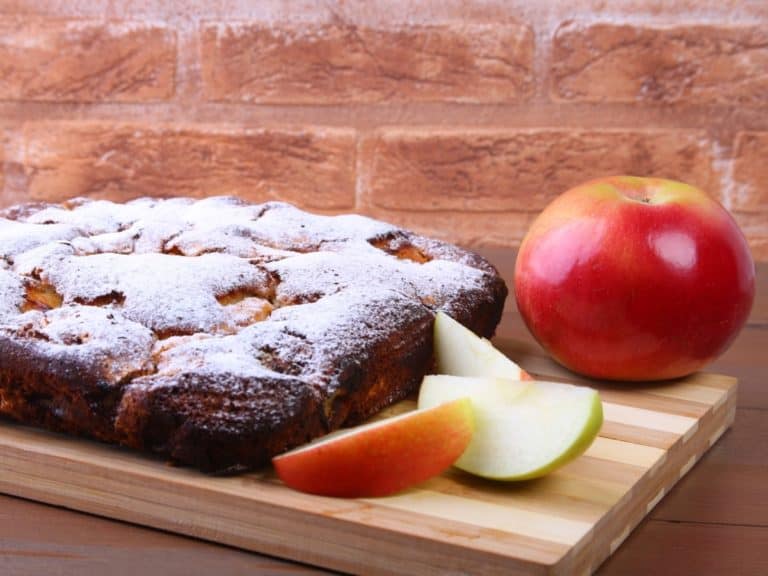Vanilla Extract vs. Vanilla Flavoring: Which is Better?
Vanilla is a great addition to any sweet dish. Hence, vanilla is a must-have in the pantry. But while you’re looking to buy some, you may have noticed that there are two versions. These two are vanilla extract and vanilla flavoring.
So which is better: vanilla extract or vanilla flavoring?
When it comes to the quality of the vanilla flavor, vanilla extract is usually better. But some brands of vanilla flavoring are able to capture authentic vanilla. Which you should use depends on you. Some things to consider are the price and what you’re making.
Either vanilla extract or vanilla flavoring can work in certain instances. Here you can learn if you can use either or if it’s better to use one. You’ll also learn more about vanilla.

What Vanilla Extract Is
Vanilla is a genus of orchids with 110 known species. The species that most people know is Vanilla planifolia. It is from this plant where we get the substance we use to make delicious treats. From now on, when we refer to the vanilla plant, we refer to this specie.
The vanilla flavor or essence is a spice obtained from the beans of the vanilla plant. Basically, the beans are ground. The essence is usually extracted using alcohol and water. Alcohol is used because the flavor compounds of vanilla are soluble in alcohol.
The alcohol is no longer removed and for many reasons. One way to remove the alcohol is to evaporate it using heat. However, the heat can also destroy the vanilla flavor compounds. Hence, the alcohol stays in the extract.
FDA standards for pure vanilla extract is at least 35% alcohol. However, don’t fret.
We don’t use a lot of vanilla in cooking. A typical cake would only need a teaspoon of vanilla extract. To get buzzed from the alcohol in vanilla extract, you need to consume an absurd amount. Also, if you cook with the extract, the heat should evaporate most of the alcohol away.
What Vanilla Flavoring Is
Vanilla extract contains many flavor compounds. A recent review reported over 250 compounds in vanilla extract. But the main compound that is responsible for a big chunk of that unique vanilla flavor is vanillin.
Hence, artificial vanilla flavoring usually contains mostly artificial vanillin. Unfortunately, just having vanillin isn’t enough to capture that complex vanilla flavor.
You need the other hundreds of compounds. Hence, many vanilla flavorings pale in comparison to authentic vanilla extract. There are some brands though that come very close.
Which To Use
Which one to use depends on you. One factor is the price. Vanilla extract can have a higher price because producing it is more tedious. The vanilla plant has to be cultivated and the beans has to be processed. Whereas manufacturers just have to do some chemistry to make the artificial ones. So if you’re on a budget, you can settle for vanilla flavoring. You just have to pick the good ones so you get the results you want.
If you are to use vanilla extract, you may want to reserve it for special situations. An example would be for delicate desserts. You can use cheaper vanilla flavoring for everyday baking and whatnot. But if you can afford it, then feel free to always use vanilla extract every time you want vanilla flavor.
Imitation Vanilla To Vanilla Extract Conversion
Converting vanilla flavoring to vanilla extract and vice versa depends on the brands. Vanilla flavorings usually have instructions on how much of it to use. The same is true for vanilla extract.
For example, let’s say you’ve been using artificial vanilla flavoring. It says that it’s double-strength. That means its flavor is twice as potent as vanilla extract. Now you want to use vanilla extract. So to get the same effect as the double-strength flavoring, you’ll need to double the vanilla extract.
But you know that real vanilla has a more complex flavor than the artificial ones. So a direct conversion may not always hold true. You can use it as a starting point though. It is likelier that you’ll have to do some trial and error on the conversion.
Vanilla Extract From Beavers
You may have read somewhere that vanilla flavoring has extracts from beavers’ butt. In a way, that can be true, but there’s more to the story. Beavers have a body part called castor sacs. Castor sacs are found at the butt area of a beaver.
The castor sacs release a fluid called castoreum. Beavers use castoerum and urine to mark their territory. The special thing about castoreum is they also smell since.
Hence, some makers of perfumes use castoreum in their products. Castoreum smells so good that some ecologist would directly smell a beaver’s butt.
What smells nice tends to also taste nice. So, castoreum also found its way to the food industry. The US FDA classifies castoreum as “generally regarded as safe”.
Castoreum is also classified as a “natural additive” since it is from a natural source. Castoreum has been and is used in some vanilla flavoring because it has a musky vanilla scent.
However, as you can imagine, extracting castoreum can’t be pleasant for the beaver. Hence, it is rarely done and used in food, which is more in demand than perfume. It is estimated that around 292 lbs (132 kg) of castoreum is used in food every year.
Meanwhile, around 2.6 million lbs (1.18 million kg) of artificial vanillin is used in food every year. So although castoreum is used, you are highly unlikely to encounter it. And even if you do, it’s a safe substance.
Vanilla Flavor Emulsion
An emulsion is a mixture of liquids that usually don’t mix, like oil and water. Typical vanilla extract is a solution of the vanilla essence, alcohol, and water. A vanilla flavor emulsion is a solution of the flavor compounds in water and vegetable gum.
A main advantage of vanilla flavor emulsion is flavor retention. Alcohol can evaporate easily. When it evaporates, it can carry with it the vanilla extract flavor compounds. An instance of when this can happen is at baking temperatures. Vegetable gum, however, doesn’t evaporate as easily. Hence it can better retain flavor after cooking.
You can work with the extract or emulsion. Since the flavor in the emulsion is more likely to be retained, you may have to use less of it. You may also need some trial and error when switching to emulsions.
Related Questions
Is flavoring essence the same as extract?
Flavoring essence usually refers to artificial flavoring. Meanwhile extract refers to the natural substance.
Can vanilla flavor be used as vanilla extract?
You can switch between the vanilla flavor and vanilla extract. You’ll likely have to figure out the conversion through trial and error.
Related Article: Best Flavor Extracts For Baking
